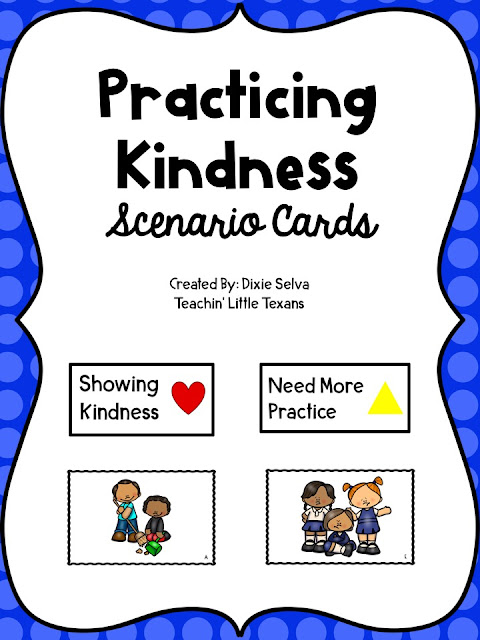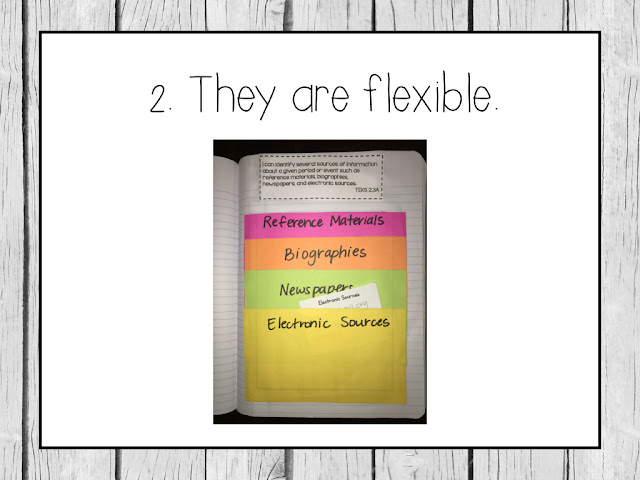Hey friends! I hope you enjoyed
last week’s post where I
shared some of my favorite books for teaching kindness. Today I would like to
share with you some strategies for modeling and role-playing kindness in the
classroom.
Kindness is like a muscle. The more you practice being kind,
the better you will become at it and the easier it will become. As a parent and
a teacher of young children I think we have to remember that children are
learning SO much every single day. They really do not know or cannot remember
that some things they do or say are unkind. In many cases, children are totally
going off of impulses, which may or may not be a good thing.
Just like children need to be taught their letters and
numbers, they need to be taught what kindness looks like and how they can show
kindness. Thanks to mirror neurons children also mimic what they see. The more
they see others around them exhibiting kindness, the more likely they are to
exhibit kindness themselves. Unfortunately this also works the other way. The
more they see unkind behavior, the more likely they are to mimic that.
Modeling Kindness
As teachers and parents it is crucial that we model the
behaviors we want our children to exhibit…no pressure, right? Here are some
simple ways you can model kindness for your kids.
1. Share and show ways
that you have been kind. Kids love to hear about your life outside of the
classroom…it’s shocking to them that teachers have lives outside of school
isn’t it? I know that many of you volunteer or help friends and family members
in need in various situations. On a Monday, maybe during morning meeting or
whatever sharing time you have, share photos of you being kind to others. For
example, if you volunteer on a Saturday for Habitat of Humanity show students
the pictures you took. Most of us take photos on our phones all the time. Your
children would love to see their teacher being kind to others and this is a
great way to lead by example.
You can also point out ways you are kind
during the day. Say, “Boys and girls, I want to practice kindness so I am going
to stand here and wait. I am going to let the other class go first this time.”
Another example could be if another teacher asks you to watch their class for
them for a minute. You could say, “Boys and girls, Ms. Smith needs for me to
watch her class for a minute. I am going to practice being kind and help her,
can you practice being kind and finish your work quietly while I watch both
classes?”
2. Think Aloud
throughout your day about ways you could show kindness. As situations arise,
you could model your thought process aloud to the kids. They need to hear
these decision-making steps so that they can piggy back off of you.
An example could be, “Boys and
girls, I see that Ms. Smith left her clipboard and whistle out here on the
playground? How could I show kindness to Ms. Smith?”
They may suggest that you take the
whistle and clipboard back to her. Normally, you would probably just do that
and not make a point to talk about it. In this case, it would do your
students a lot of good to stop and talk with them about what you’re doing and
why.
3. Use the Same Language
throughout the day. If you talk about kindness and then you say “be nice” or “be
good”, it can be very confusing for kids. The idea of kindness is already very
abstract to young children. The more consistent you can be with your language,
the more they will understand the language and the more likely they are to use
it correctly themselves . If you are going to use kind, then use kind all
the time. If you are going to use nice, then use nice all the time.
Role Playing
Role playing is another strategy you can use to teach
kindness. Like I said earlier, thanks to mirror neurons, children mimic what
they see more than what they are told. This is why the old adage, “Do as I say,
not as I do” is not effective and is not supported by science. Here are some
role playing strategies:
1. Anticipate Problems
Before They Start by role playing possible scenarios before games or center
time. Let’s say you are teaching them a new math station. Take time BEFORE they
begin playing to play out each and every possible scenario. For example, if you
know that students struggle with grabbing things out of the hands of others…role
play that happening and what can be done to make the situation better.
You might say, “Boys and girls, I’m
playing with John. He just snatched the game piece out of my hand. What are some
things I can do to show kindness but also help solve the problem?” Discuss how
we can kindly (but assertively) tell John, “That was my game piece, please give
it back. I don’t like when you grab it out of my hand.” In this scenario you
are showing students how to be kind yet still stand up for yourself and get a
problem solved.
2. Review Things That Have
Happened and discuss how we can incorporate kindness here. After you
observe a scenario play out in your classroom, discuss the scenario with the
whole class. Refrain from calling students out by name, as you don’t want to embarrass
them. You may say something like, “Boys and girls, I noticed during math
stations that we had some unkind behavior going on. I saw ______. How do you
think we could add some kindness into that situation?” Let children discuss
possible ways to include kindness.
3. Use Role Playing
Scenario Cards. In addition to practicing real things that have happened in
your classroom, use cards like these to give your students more practice. Show
students the picture on the card and discuss what they see. Read aloud the
short scenario and let students discuss if the children in the photo are showing
kindness or if they need some more practice.
It’s best to create an anchor chart
or pocket chart display with the cards. This will give children a reference in
the classroom. Throughout your day you can say, “Boys and girls, remember this
card? Remember what happened? We decided that was not kind. How are some ways
we could include kindness in this situation? Do you remember?”
You may pick up the scenario cards
here, they are free for classroom use.
Bottom Line: Children need to practice
kindness on a daily basis until it becomes a habit. Just like practicing their
sums of ten, their alphabet sounds, rhyming words…kindness is a skill.
Let’s help our children by
treating kindness, and other social emotional skills, as a concept we need to
teach, not something we expect them to already know.
Do you have any tried and true
strategies for teaching kindness in your classroom? I would love to hear them!









































